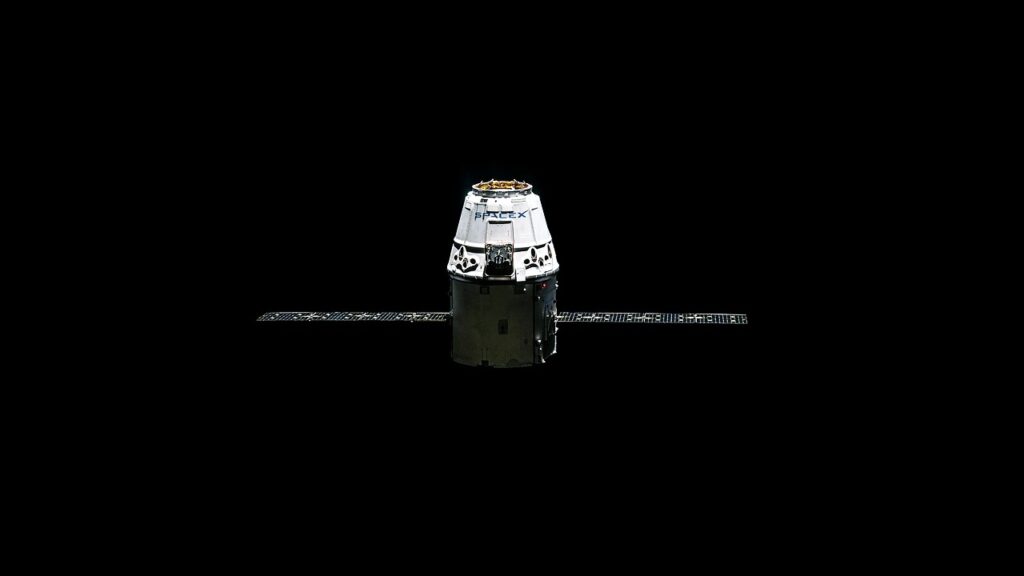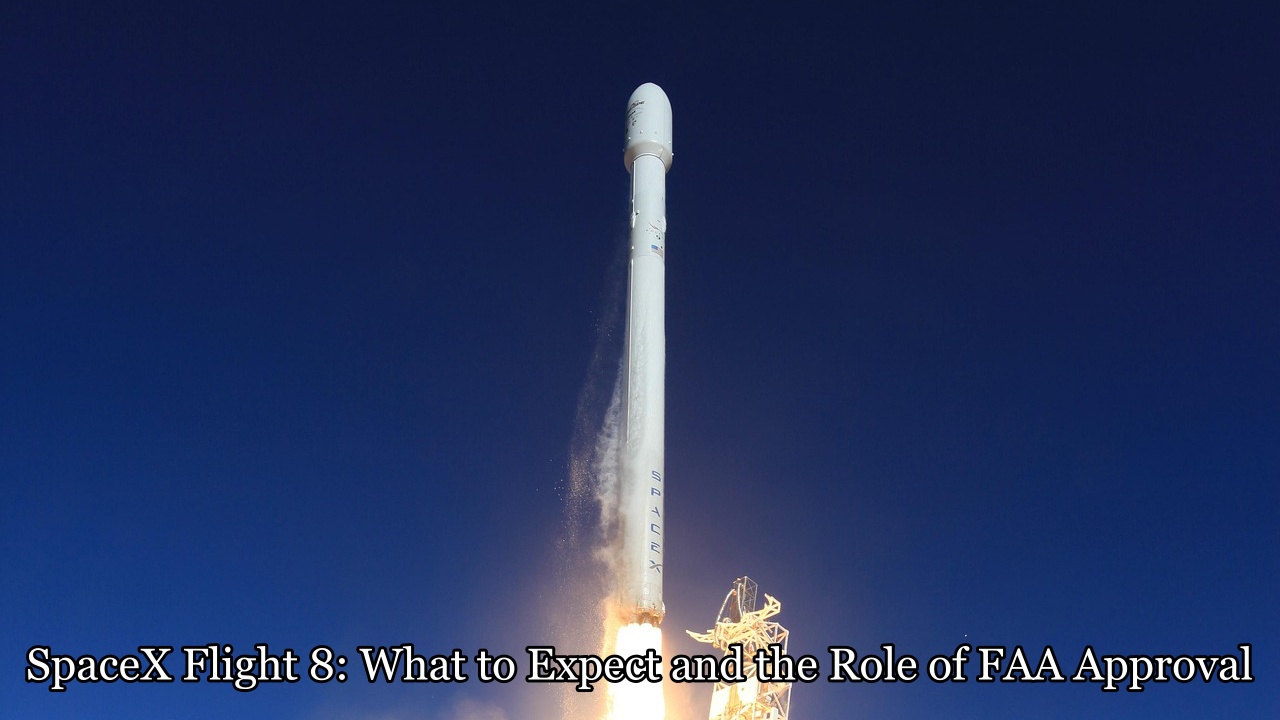The rapid pace of SpaceX’s Starship development continues to impress, with Flight 7 just completed and Flight 8 already on the horizon. Elon Musk has hinted that Flight 8 could take place as early as February, setting the stage for what could be another groundbreaking milestone in SpaceX’s ambitious space exploration plans. But what factors will determine whether this timeline becomes a reality?
Let’s dive into the details and explore the role of the FAA approval process and the potential challenges ahead.
A Swift Turnaround: Flight 7 and Flight 8
Flight 7 was a significant achievement for SpaceX, but not without its challenges. As SpaceX continues to push the limits of innovation, Flight 8 aims to resolve key issues left over from Flight 7, including testing improved heat shield performance and updating the Pez payload dispenser. Musk has been vocal about the progress, stating that there is nothing so far suggesting that the next launch will be delayed.
With SpaceX’s rapid turnaround between flights, Flight 8 could happen as soon as February, just one month after Flight 7. This ambitious timeline, if achieved, would mark a new record for SpaceX, surpassing their previous fastest turnaround between Flight 5 and Flight 6.

Advanced Hardware Preparations for Flight 8
SpaceX’s confidence in meeting this ambitious schedule lies in the advanced preparations already underway. On January 15th, Ship 34 was moved to the Massie test site, and by January 17th, it successfully completed cryogenic testing. The next steps involve engine installation and static fire testing before it can return to the production site for further refinement.
Similarly, Booster 15 (B15), which completed its cryogenic testing in late December, is nearing the end of its engine installation. SpaceX’s quick and efficient pace has shown that they are more than capable of achieving this rapid turnaround.
Launchpad Improvements: Key to Accelerated Progress
Another crucial aspect that allows SpaceX to maintain such a fast pace is the improved infrastructure at their launch sites. Post-Flight 7 assessments showed that the Launchpad systems, including the MM Tower, QD system, water deluge system, and the tank farm, are all in excellent condition. Notably, the communication antenna, which caused issues during Flight 6, has seen significant improvements, ensuring better operations during the next launch.
This enhanced infrastructure is a key factor in enabling SpaceX to transition from one launch to the next in less than a week, a level of efficiency that could revolutionize the space launch industry.
The Role of the FAA in Flight 8’s Schedule
Despite SpaceX’s incredible progress, the next launch still hinges on FAA approval. The FAA’s mishap investigation into the Flight 7 incident is still ongoing, as the agency investigates the causes of the explosion, debris fall, and oxygen leak. While the investigation could cause delays, there is reason for optimism.
SpaceX has been proactive in addressing the issues that arose during Flight 7, and both SpaceX and Musk have continuously updated the public on their progress. SpaceX has assured that they are working diligently with the FAA to identify the causes and make necessary corrections.
Given that no injuries or property damage have been reported, the likelihood of significant delays is lower, and it’s possible that Flight 8 could move forward according to the original February timeline.
FAA Licensing and Regulatory Challenges
One of the ongoing challenges for SpaceX is navigating the regulatory environment, especially when it comes to FAA licensing. The FAA’s slow pace has sometimes clashed with SpaceX’s dynamic work culture, creating tension between the two. In fact, SpaceX was fined $633,000 in 2023 for violating launch license terms during two Falcon Eye missions.
However, recent developments are encouraging. Congressman Shane Duffy, recently appointed to lead the Department of Transportation, has announced plans to review FAA fine policies, signaling potential regulatory changes that could benefit SpaceX. Senator Ted Cruz has also weighed in, arguing that the current regulatory framework is hindering progress and needs to be reformed to foster growth in the commercial space sector.
These shifts in regulatory oversight could help streamline the approval process and remove some of the bureaucratic hurdles SpaceX faces. With growing support from policymakers and even NASA, FAA approval for Flight 8 could be expedited.
India’s Space Milestone: Global Space Race Heating Up
While SpaceX is advancing rapidly, the global space race is intensifying. On the other side of the world, India recently made a remarkable achievement in space exploration with the successful docking of two spacecraft in orbit on January 15th. This accomplishment places India among the elite nations like the US, Russia, and China, marking a major milestone in their space ambitions.
India’s ISRO (Indian Space Research Organization) has ambitious plans for the future, including the construction of a space station, lunar sample return missions, and even crewed lunar missions by 2026. This growing competition highlights the global interest in space exploration and sets the stage for a new era of space innovation.
The Road Ahead for SpaceX and Global Space Exploration
Looking to the future, SpaceX is on track to set new records with Flight 8. With significant hardware advancements, improved launch infrastructure, and potential regulatory reform on the horizon, 2025 promises to be a groundbreaking year for the company. As SpaceX continues to innovate and push the boundaries of space exploration, it is clear that they are leading the charge toward a new era in space travel.
However, regulatory bottlenecks like those posed by the FAA could still play a role in shaping the timeline for future flights. If these issues can be resolved efficiently, SpaceX’s ambitious goals for rapid launch schedules may become a reality sooner than expected.
What do you think? Will SpaceX achieve its Flight 8 milestone in February, or will FAA approval delay their progress? Share your thoughts in the comments below.
FAQ
SpaceX aims to launch Flight 8 as soon as February 2025, just one month after the successful completion of Flight 7. This ambitious timeline would set a new record for the company’s turnaround between flights.
SpaceX plans to address issues from Flight 7 by testing enhanced heat shield performance and updating the Pez payload dispenser. Additionally, hardware preparations for both Ship 34 and Booster 15 are progressing, with cryogenic testing and engine installations underway.
The FAA’s approval process, particularly following the ongoing investigation into Flight 7’s explosion and related incidents, will be crucial for the timing of Flight 8. While the investigation could potentially delay the launch, SpaceX is working closely with the FAA to resolve the issues and maintain their February launch target.
SpaceX has made significant improvements to its launchpad infrastructure, including upgrades to the MM Tower, QD system, and water deluge system. These enhancements, along with better communication antenna systems, will help ensure smoother operations for Flight 8 and future launches.
While SpaceX is making rapid progress, global competition is intensifying, particularly with India’s recent achievements in space exploration. India’s ISRO has set ambitious goals for the future, which underscores the growing global interest in space. This adds to the pressure for SpaceX to continue advancing quickly in the space race.
Read More:


3 thoughts on “SpaceX Flight 8: What to Expect and the Role of FAA Approval”